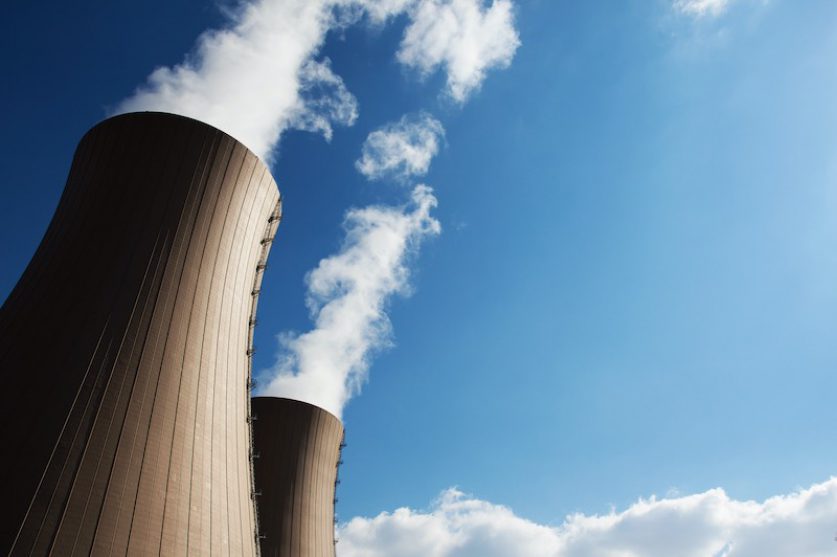
The cost of constructing new nuclear power stations could be cut by 30% by the end of the decade, the industry has claimed.
The Nuclear Industry Association (NIA) and a cross-industry team, working for the government-backed Nuclear Sector Deal, has proposed a framework to reduce expenses and risk in the construction of the new power stations it claims are essential to the UK’s net-zero target.
The recommendations come after the cost of Hinkley Point C, currently under construction in Somerset, spiralled to an estimated £22.5 billion. The report argues that the plant, the first constructed in the UK since the 1990s, has borne the “first-generation costs” for new nuclear power stations. Future projects could use the supply chain and skilled workforce developed by the project to bring down costs.
The report goes on to recommend the use of a simple, standardised design and construction methodology across a new generation of plants and the transfer of a skilled workforce from site to site.
It calls for “rigorous pre-construction planning” to ensure designs are as mature as possible and all stakeholders are aligned on schedules before ground is broken. These criteria have already been met for the Sizewell C and Wylfa Newydd projects, scheduled to begin in the next few years. The designs of the plants are highly advanced and work has been undertaken across years to prepare delivery organisations for construction.
The industry is already learning lessons that could speed up construction, the report suggests. While it took 25 hours to install a tonne of rebar at Hinkley Point C’s Unit One, that had fallen to just 16 hours during the construction of Unit Two, a 36% reduction.
The report also outlines a financing model that could cut the costs of capital and mobilise a wider pool of investors to limit construction risk and the cost to consumers. The government has calculated that Hinkey Point C will cost energy bill-payers around £10 a year, although industry watchers insist the true cost to households will be higher.
Humphrey Cadoux-Hudson, chair of the Cost Reduction Working Group of the Nuclear Sector Deal, said: “I am very pleased to say that the nuclear new build cost reduction workstream has made great progress, and our report clearly shows it’s possible to deliver a cost-effective programme of new nuclear power stations in the UK.
“But promises of cost reduction are not enough – in making this case, the developers of new nuclear plants are showing that we recognise the delivery risks we face, and how to manage them.”
The UK currently has eight nuclear power stations, supplying around 20% of the country’s electricity. However, all but one of those plants will be retired by 2030, with plans announced last week for EDF’s Hunterston B to close sometime next year, earlier than expected.
In 2010 the government authorised the construction of up to eight new power stations. New nuclear capacity figures heavily in government plans to decarbonise the energy sector. The Committee on Climate Change, the government’s independent climate advisors, concluded in its Net Zero- technical report, published in May 2019, that “power sector decarbonisation does not rely on variable renewables alone, but a portfolio of technologies including nuclear power.”
However, development of the new plants has been troubled, dogged by cost overruns, protests from environmental campaigners, and controversy over the involvement of China General Nuclear (CGN). A decade on, ground has been broken on just Hinkley Point C, which is expected to come online in 2023.




